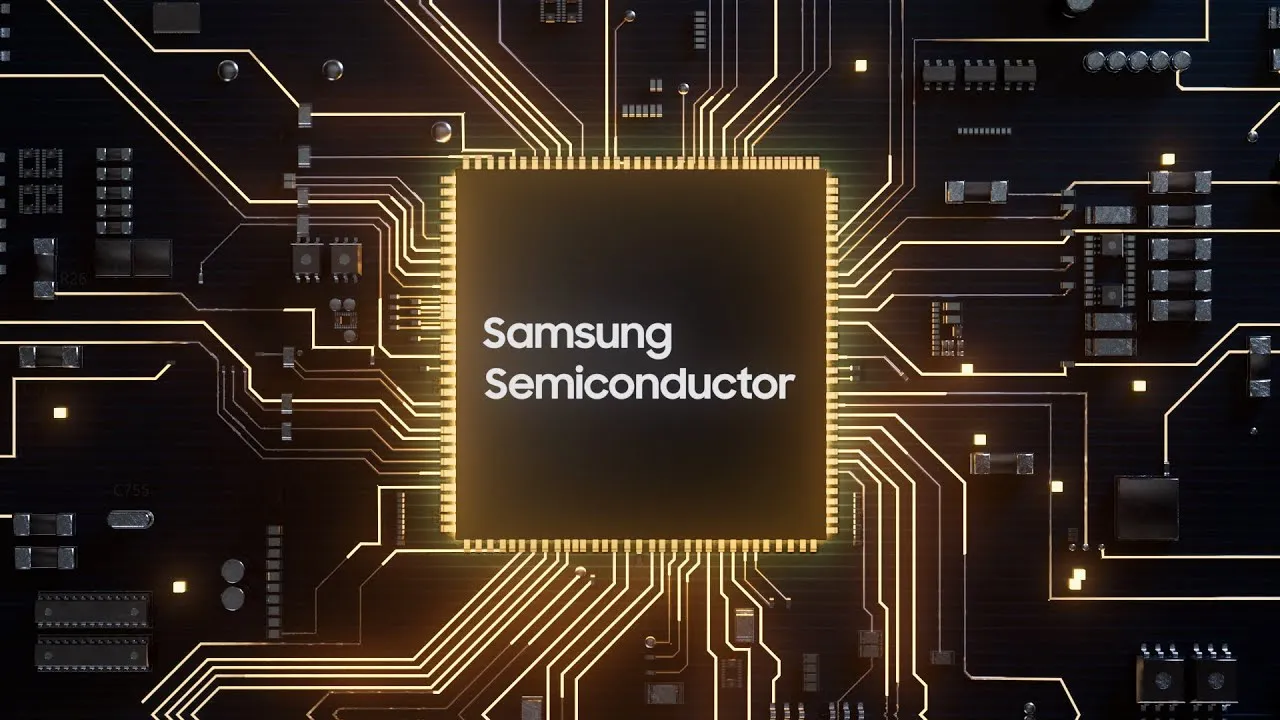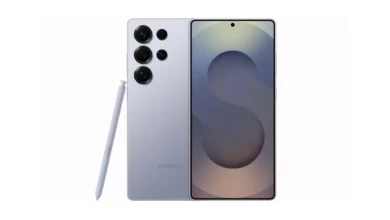Samsung holds its position as the world’s largest semiconductor industry

Besides the Galaxy Smartphones, Samsung-manufactured Semiconductors were also praised by many out there and have gained plenty of admirers separately. Informatively, Samsung Semiconductors lends innovative solutions such as SSD, DRAM, Processors, and Image Sensors to the market. As per recent reports, Samsung Semiconductors is still the world’s largest semiconductor company despite seeing a 10.8% yearly decline.
As per Omdia’s analysis, the semiconductor market reached its all-time high in the year 2022, when the market gained a total revenue of $595.7B, which was just $592.8B in the year 2021. However, the Semiconductor market has declined in the four quarters but still managed to get more revenue than the last year. In 4Q22, the market has seen a 9% of QoQ decline, with a revenue of $132.4B, which is just 82% of 4Q21’s $161.1B revenue.
As for Samsung, in the year 2022, they have gained $67,055 in revenue, with a YoY decline of 10.8%. In the year 2021, Samsung’s revenue was $75,208, which is more than this year’s. Intel is in second place, behind Samsung, with $60,810 in revenue. Samsung’s native SoC provider (for flagships), Qualcomm, has secured third place here. Notably, the overall Semiconductor market has grown by 0.5% as compared to the last year, 2021.
DRAM Senior Principal Analyst Lino Jeng has stated the manner of the quarter 4th 2022’s decline, which is said to be the biggest decline in the current downturn. He said, “the fourth quarter of 2022; prices fell significantly due to suppliers’ attempts to expand sales to reduce excess inventory. Omdia expects this trend to continue in the first quarter of this year.”



